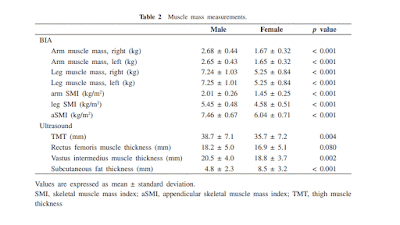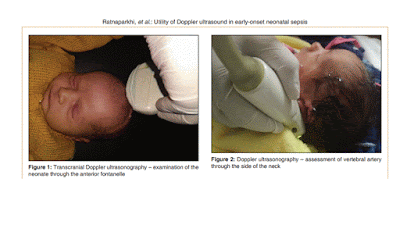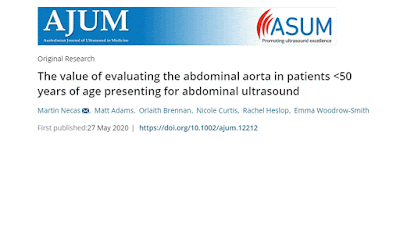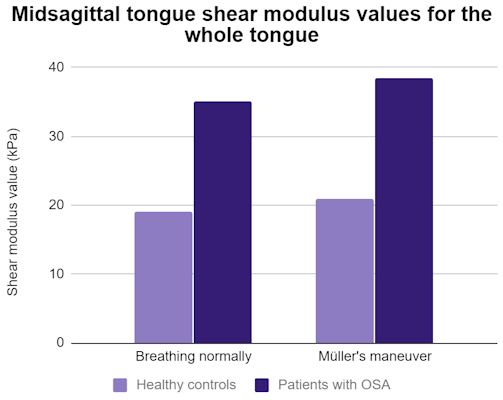By Theresa Pablos, AuntMinnie staff writer
June 11, 2020 -- Could ultrasound be used as a primary screening method for breast cancer? A long-term systematic review published on June 1 in BMC Cancer found ultrasound scans performed well as both a primary and secondary cancer screening modality.
The review, conducted by researchers in China, pooled data from almost two dozen studies evaluating the effectiveness of ultrasound for breast cancer screening. Ultrasound screening performed comparably to mammography in most categories and may work particularly well as a screening method for women with dense breasts, the authors noted.
"Up to now, there have been no consistent conclusions concerning whether [ultrasound] screening should be recommended as the primary screening method for women in the screening guidelines for breast cancer," wrote lead authors Lei Yang and Shengfeng Wang from Peking University in Beijing.
Cancer detection, recall, and biopsy rates
The review included 23 English-language studies published between January 2003 and May 2018. Twelve of the studies evaluated the use of ultrasound as a secondary screening method after a negative mammography result, while the remaining 11 studies compared the effectiveness of ultrasound and mammography as primary screening modalities.
| Mammography vs. ultrasound for breast cancer screening | |||
| Mammography, primary screening | Ultrasound, primary screening | Ultrasound, secondary screening | |
| Cancer detection rate per 1,000 examinations | 4.6 | 4.6 | 3.0 |
| Recall rate | 4.6% | 5.9% | 8.8% |
| Biopsy rate | 1.5% | 2.3% | 3.9% |
| Percentage of all cancers detected | 65% | 68% | N/A |
| Percentage of invasive cancers detected | 65% | 87% | 74% |
The review found no statistically significant differences in sensitivity and specificity between ultrasound and mammography as primary breast cancer screening methods. Mammography detected 65% of cancers, comparable to the 68% of cancers detected through ultrasound scans. Similarly, mammography identified 97% of women without cancer, while ultrasound detected 98% of women without cancer.
Furthermore, both mammography and ultrasound identified 4.6 cancers per 1,000 examinations. Ultrasound scans detected significantly more invasive cancers than mammography, but the modality also resulted in a higher percentage of recalled patents. The researchers found no statistically significant differences between mammography and ultrasound for the percentage of biopsies or for detection of node-negative invasive cancers
When used as a secondary screening method after a negative mammogram result, ultrasound identified 96% of occult breast cancers and 93% of healthy patients. The modality also identified 3 cancers per 1,000 scans, with an 8.8% recall rate and a 3.9% biopsy rate. As a secondary screening method, ultrasound found 74% of invasive cancers and 71% of node-negative invasive cancers.
"Our study is the first systematic review and meta-analysis to investigate the performance of [primary ultrasound] screening for breast cancer, and that is also an important up-to-date systematic review and meta-analysis investigating the performance of [secondary ultrasound] screening," the authors wrote.
Benefits and limitations of ultrasound screening
Ultrasound has some benefits as a breast screening method, including that it is radiation-free and may be more accessible in low-resource countries and areas. However, it is also not without its limitations. For instance, ultrasound cannot image the whole breast at once or show microcalcifications, and it requires a skilled operator.
"However, as shown in our study, these concerns seemed not to cause significant differences in the sensitivity and specificity, or even in cancer detection rates and cancer characteristics between [primary ultrasound] screening and [primary mammography] screening," the authors wrote.
All of the studies in the review were graded as high or fair quality by the authors, but the review itself had some noteworthy limitations. Importantly, some of the ultrasound studies in the review included repeated screenings using the same group of individuals. For the analysis, the authors counted each screening as an individual person, which could have overestimated the benefit of ultrasound screening.
Despite its limitations, the authors noted the findings highlight the need for future studies to investigate the long-term benefits and risks of using ultrasound as a primary breast cancer screening method, particularly for use in women with dense breasts and those who live in rural or resource-poor areas.
"We hope that [ultrasound] screening for breast cancer should deserve more attention in the future, not only because [ultrasound] is comparable to [mammography] in women with dense breasts ... but also because ultrasound is not a radiation modality and is easier to access in low-resource areas, such as Chinese rural areas," the authors concluded.





































